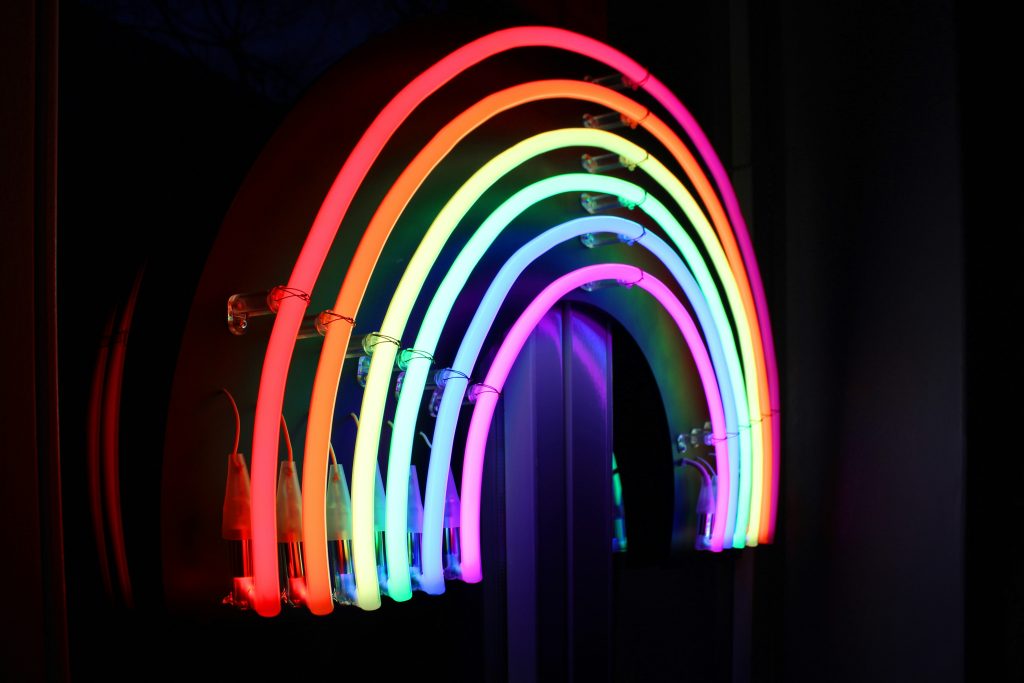In 2017, Matthew Christian filmed himself coming out as gay to his mom. The video became extremely viral because of the loving reaction of his mother telling him that “I love you no matter what … Don’t you know that? I just want you to be happy.” She also stopped him from apologizing for who he is telling him that his sexual orientation is nothing to be ashamed of. She even told HuffPost that “Although it may or may not come as a surprise, and it may be a lot to take in all at once, your child is still the same person they were before they told you, and it doesn’t change your love for them,”
This is the kind of acceptance that every child rightly deserves from their parents and loved ones. Sadly, not all persons who choose to come out to their family and friends find such an empathetic and loving environment. Not only are people uncomfortable with such conversations, but they are also very unaware.
While LGBTQIA+ only stands for lesbian, gay, bisexual, and transgender, LGBTQIA+ encompasses a lot more and different sexual orientations. Furthermore, the acronym has been expanded into LGBTQIAAP+ to include more gender identities and sexual orientations with the + standing for those who do not identify with one of the letters in the acronym as well as for any identity that needs to be included in the future. We have curated a tiny list of basic terms for people to understand and support the community.
- Gender binary: The word binary essentially means 2 and gender binary refers to the broad specifications of male and female although gender is now referred to as a spectrum rather than a binary.
- Gender identity: Gender Identity refers to a person’s internal feeling and choice of being male, female, or anything else on the spectrum.
- Gender expression: Gender expression refers to how a person chooses to express their gender. This could be through clothes, accessories, or mannerisms.
- Gender non-conforming: G.N.C individuals do not identify with or conform to traditional manners of gender expressions.
- Gender roles: Gender roles are societal and stereotypically perpetuated representations and expectations of behavior expected out of individuals.
- Cis-gender and transgender: Cis gendered individuals are those who identify with the sex and gender assigned to them at birth. Trans gendered individuals are those who do not identify with the sex and gender assigned to them at birth and would also include people who are transsexual, genderqueer, gender variant, and gender nonconforming.
- Lesbian: The term lesbian refers to a woman who is physically, romantically, and/or romantically attracted to another woman
- Gay: The term gay refers to a man who is physically, romantically, and/or romantically attracted to another man
- Bisexual: Bisexual refers to an individual who is attracted to individuals of their gender as well as the opposite or other genders
- Asexual: Asexual individuals are those who aren’t sexually attracted to any other individuals
- Gray sexual: Gray sexuals are individuals who very rarely, if ever, feel any sexual attraction towards other individuals
- Demisexual: Demisexual individuals do not feel any sexual attraction to individuals unless they have experienced a strong emotional bond with them first
- Pansexual: Pansexuals are individuals who are attracted to individuals of all genders and orientations
- Polysexual: Polysexual individuals are attracted to multiple though not necessarily all genders
There is also a difference when someone says they are bisexual or biromantic. Biromantic, aromantic, gray romantic, demiromantic, panromantic, and polyromantic individuals experience (or don’t) romantic and not sexual attraction towards their significant others.
It is extremely important to develop a cultural norm to be respectful to every single person simply on the virtue of them being human. Inclusion ends up being the key to this. Being aware of the existing differences and still accepting people, including them and being kind to them is the easiest way to be helpful to the community.


